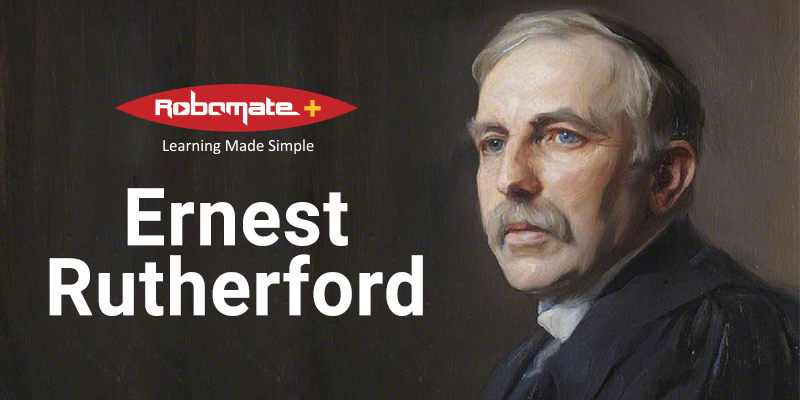Ernest Rutherford, one of the greatest scientists of all time, was born in an Island of New Zealand on August 30, 1871. He was the fourth of 12 youngsters. His dad James had little education while his mother Martha filled in as a teacher.
Ernest Rutherford went to Free State schools through 1886, when he won a grant to go to Nelson Collegiate School, a private school. Another scholarship took Rutherford in 1890 to Canterbury College in Christchurch. On finish of the school’s three-year course, Rutherford got a four-year education in liberal and won a grant for a postgraduate year of concentrate at Canterbury. He finished this toward the finish of 1893, earning an M.A. degree with top positions in some disciplines. He was urged to remain yet one more year in Christchurch to conduct research.
In 1895, as the primary research understudy at the University of Cambridge’s Cavendish Laboratory in London, Rutherford distinguished a less complex and all the more industrially feasible methods for identifying radio waves that had been already settled by German physicist Heinrich Hertz. Rutherford and Thomson examined the impacts of X-beams on the conductivity of gases, bringing about a paper about partitioning atoms into particles.
By 1919 he had made another grand revelation: how to initiate a nuclear reaction in a steady element falsely. Atomic reactions were Rutherford’s fundamental concentration for whatever remains of his profession. Rutherford was granted with many honors before his vocation, including a few privileged degrees and associations, for example, the Institution of Electrical Engineers. In 1914 he was knighted. He passed away in Cambridge on October 19, 1937. His tomb lies in the nave of Westminster Abbey, near Sir Isaac Newton’s and Lord Kelvin’s graves.
While Thomson proceeded to analyze what might later be called an electron, Rutherford investigated particles creating radiations. Concentrating on uranium, Rutherford discovered two emissions and called them alpha and beta. At McGill in 1903, Rutherford and has associate Frederick Soddy presented their hypothesis of radioactivity, which asserted radioactive vitality was transmitted from inside a molecule and that when alpha and beta particles were discharged in the meantime, they caused a compound change crosswise over components. Rutherford was likewise credited with finding the radioactive gas radon while at McGill.
In 1907 Rutherford came back to England, taking up the role as a professor. Upon further experimentation that involved alpha particles, Rutherford made the earth-shattering disclosure that almost the aggregate mass of a molecule is packed in a core. In this manner, he brought forth the atomic model, a revelation that denoted the beginning of nuclear material science and eventually prepared to the creation of the atomic bomb. With the approach of World War I, Rutherford directed his concentration toward antisubmarine research.













